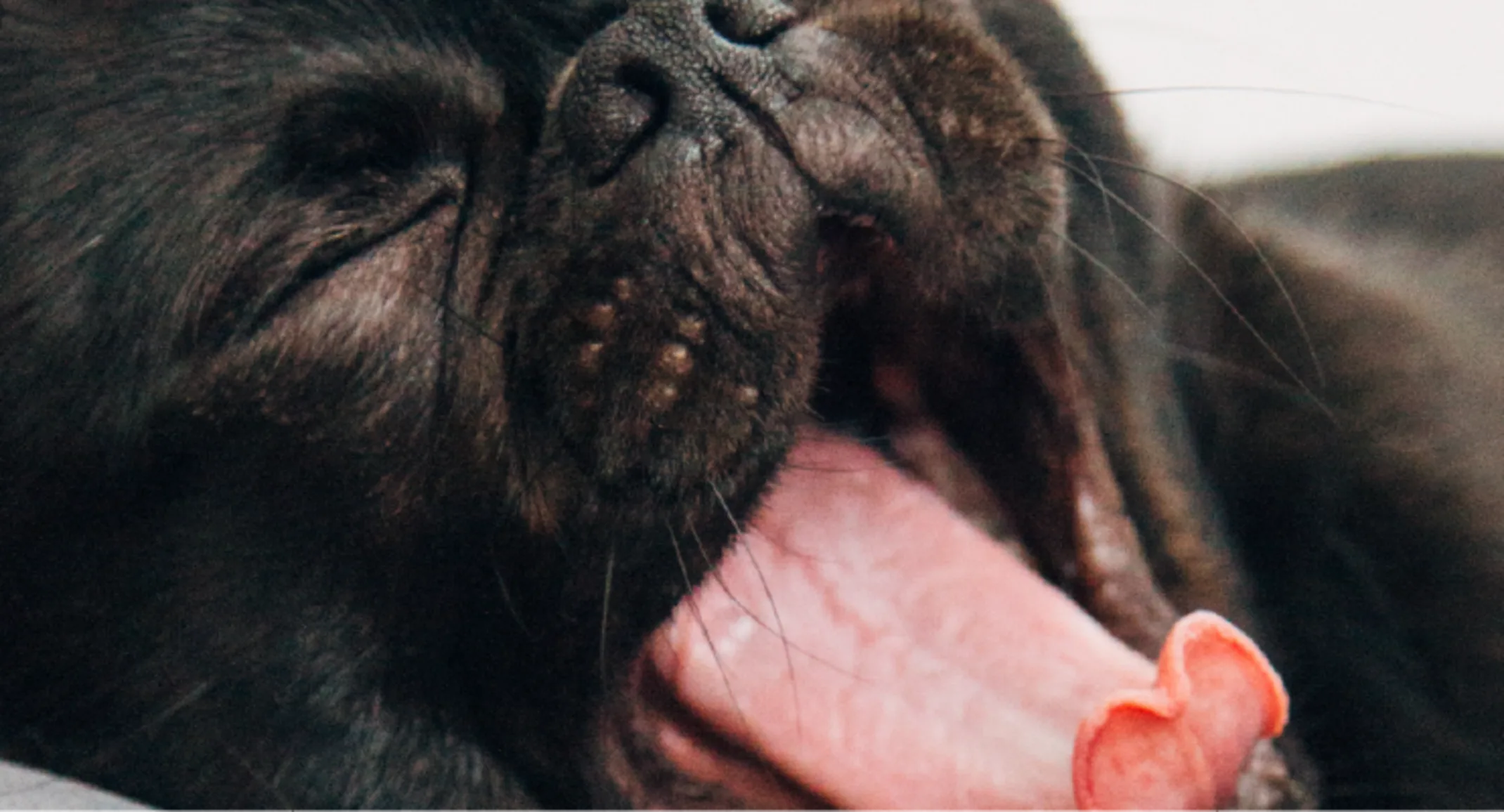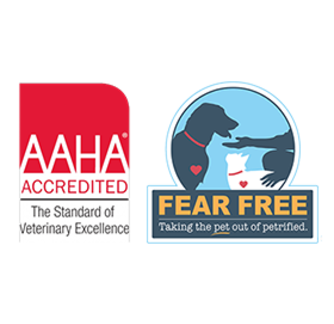Destructive Chewing by Puppies and Dogs
General

Chewing in puppies is a normal behavior that occurs because puppies are teething, playing, exploring their environment, trying to escape their kennel, or for other reasons. Puppies learn about their surroundings by putting things in their mouths and chewing. Stopping chewing completely is very unlikely and attempting to curb a natural behavior may result in stress, anxiety, and eventually more serious issues.
Puppies will teeth from early in life to about 8 months old. Adult dogs may chew destructively for a variety of reasons including separation anxiety, hunger, desire to play, lack of exercise, or other cause.
How Can I Minimize Chewing Damage?
The best way to keep your dog from chewing destructively is to keep your pet busy, prevent them from accessing belongings or areas you don’t want damaged, and supplying them with appropriate things to chew.
Keep your pet busy with exercise, play, training, and other stimulus to get your dog to use their brain, body, and energy for things that aren’t chewing.
Pet proof your home! Keep valuables and belongings that you don’t want to be destroyed away from your dog or puppy. Keep closets, drawers, and toy boxes closed, and remove objects from places the dog can reach.
Supervise your pet. If you are unable to keep watch over your dog while they may perform destructive chewing behaviors, put them in a secure area such as a kennel, crate, or enclosed room.
Try using deterrents such as plastic rug runners to make areas that you don’t want your dog chewing things in unpleasant.
Use the treat-in-trade method. Instead of chastising a dog for chewing an object, offer them a treat to direct their attention away from the object. This helps the dog associate your corrective behavior as positive since you provide them with a “better” thing to chew. Reinforcing positive behavior is always better than attempting to punish your pet.
Provide your pet with chew toys. Dogs of different sizes, breeds, and personalities will accept and prefer different kinds of toys, you may need to test a few out to see which your dog likes the best. Ask us for recommendations for acceptable and safe chew toys for dogs.
Do not provide your pet with old items to chew on. Dogs cannot discern “good” shoes vs. “bad” shoes to chew on. They must understand that all shoes, toys, and other items are off limits whether they are new or old.
If your pet is protecting items that it chews and displaying aggression, behavior modification services may be able to help. Contact us for a consultation.
Curbing destructive behaviors can protect your home, your belongings, and your pet as well. With continued and concentrated effort you should be able to get your pet to chew on their toys and treats rather than on your things.

